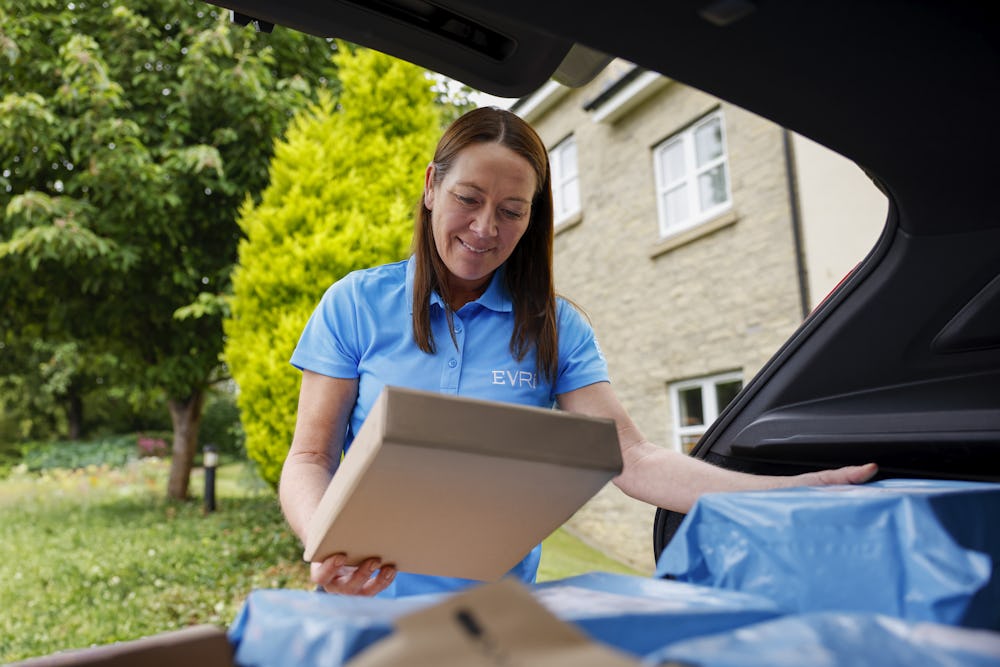How to wrap a parcel
Pack your parcel in just 6 simple steps

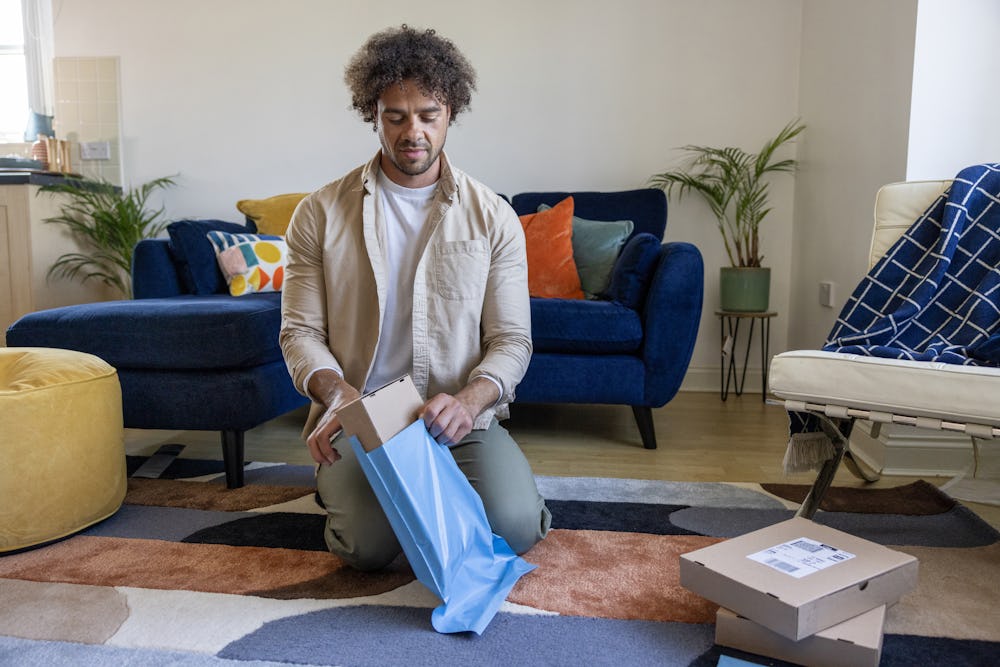
How to pack a parcel
Learn how to wrap a parcel for delivery with Evri to make sure that your precious cargo reaches its destination in one piece.
It’s important to securely wrap your parcel to prevent anything moving about in transit. You want your package to arrive in the same condition you left it in.
Follow our top tips on how to wrap, pack and address your items before sending them on their way.
What to use to wrap your parcel
First, you need to consider what type of packaging or container to use to wrap your parcel. Think about the kind of item, as well as the shape and delicacy of the object you are sending to help decide how it should be packaged. When deciding what to use to wrap your parcel, consider:

Box or bag
Do you need a box, or would a mailing bag or padded envelope be better? Top tip: watertight mailing bags are best for packaging clothes

New or old
You can buy boxes for packaging or recycle an old box from home.

Size
Will the item fit inside without leaving lots of empty space? Make sure the box closes easily and retains its shape.

Labels
If you reuse a box or bag, make sure there are no old labels or barcodes showing. These might be picked up by our scanners and can send your parcel to the wrong place.

1. Wrap your items
Wrap any items before you put them in the box or bag. It’s important that fragile items are carefully wrapped as our scanners can’t detect ‘fragile’ or ‘handle with care’ labels.
You could choose:
- Bubble wrap – reuse bubble wrap you have at home to keep precious items extra safe.
- Newspaper – use layers of newspaper sheets from yesterday’s news to fold around your items. Good for the environment and your wallet.
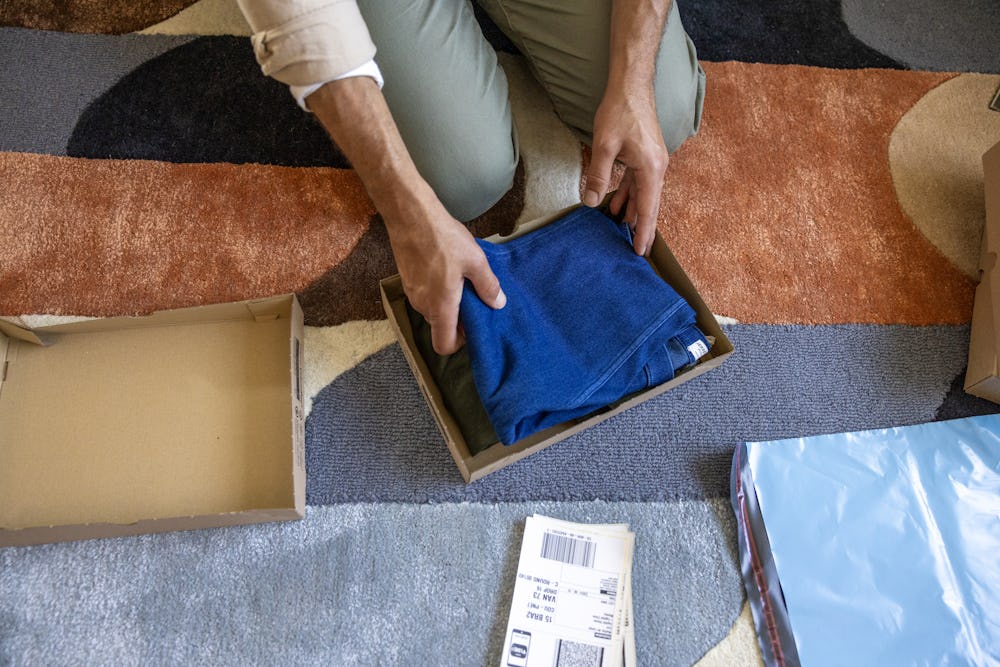
2. Pack the empty space
Make sure your precious cargo stays secure by filling any gaps in the packaging around the item. This will help keep it in place and prevent it moving around.
You could use:
- Paper and newspaper – scrunched up paper is the most environmentally friendly option, and an easy way to fill the space.
- Cardboard – use layers of cardboard to create a sturdy shell.
- Sheets – old, but clean bedsheets can be used to wrap items tightly.
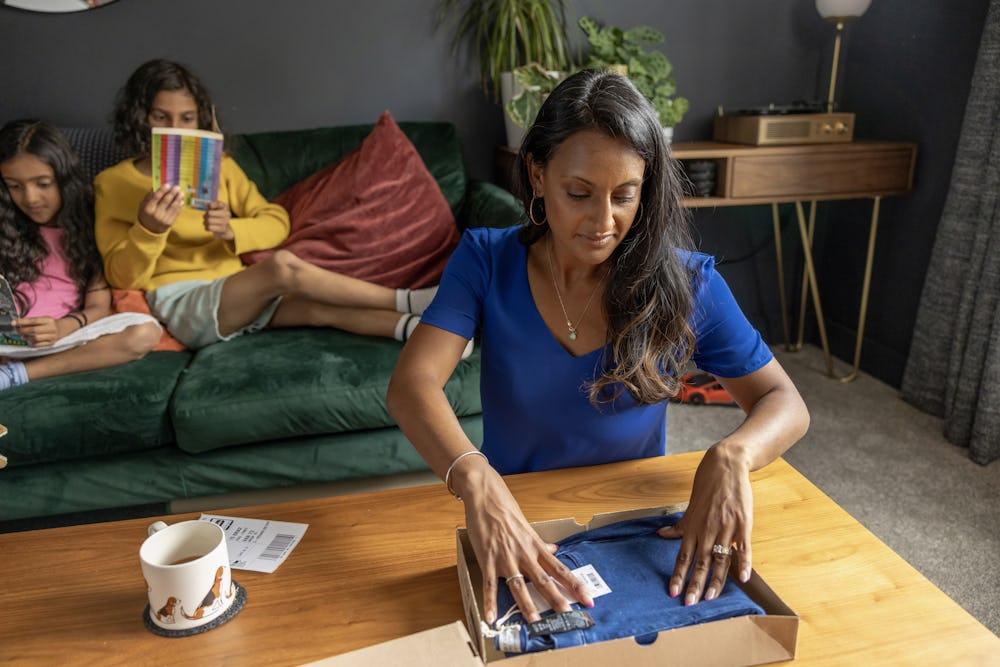
3. Put your address inside
Before you fasten the lid on your box, you need to put some details on a piece of paper inside. Include:
- Your own name, address and phone number
- The name and address of the parcel’s destination
If the address label comes off your parcel during the journey, we’ll need to know where it’s headed.
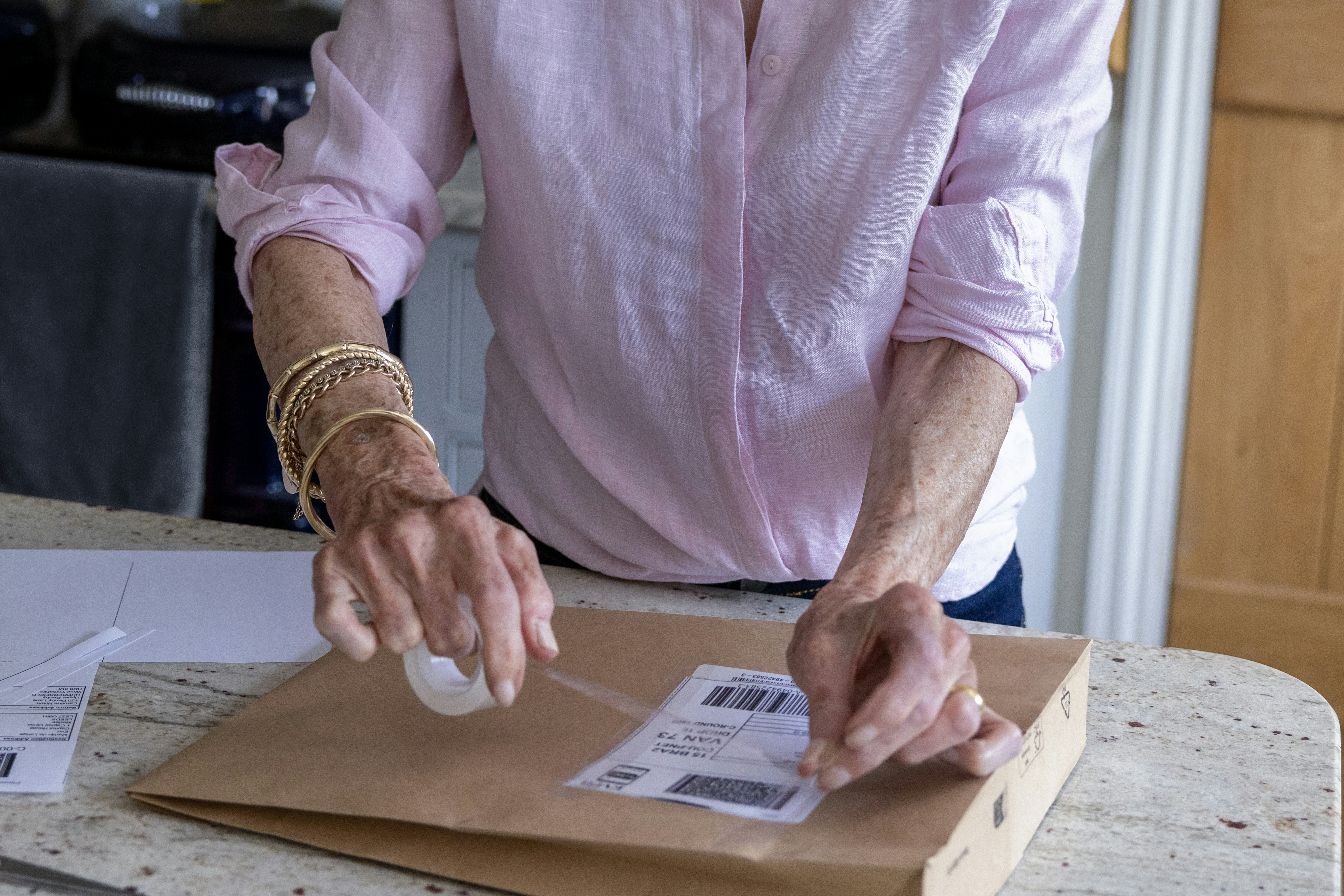
4. Fasten your parcel with tape
Once your item is safely inside its box or snugly tucked inside its mailbag, secure it with tape. Make sure you:
- Choose strong tape – it’s so much more durable and secure.
- Cover all openings – including across gaps, down the sides and underneath. Lock it down.
- Tape the corners – boost durability by taping the corners. The extra layer acts as a defence against scuffs.
We cannot overstate the importance of securing the edges around your package. You should tape down:
- Cardboard flaps at the top/bottom of your box.
- Bits of mailbag that stick out from the main package.
Top tip: Anything that sticks out – even slightly – from the package must be flattened and secured. This helps prevent it getting stuck on the belt.

5. Label your package
You're almost done. Knowing how to label your package is one of the most important parts of learning how to wrap a parcel for delivery. Don’t fall at the final hurdle.
To do this, you need to:
- Book your delivery using the Evri website or app (or you could use a Print in ParcelShop device) and print out your label. The label includes the recipient’s name and address and your barcode.
- Position the label in the middle of the top of the parcel if it has flat sides. For round parcels (note: if you’re sending a poster, map etc, use a triangular – rather than circular – tube), just pop on the label where you have enough surface area.
- Secure the label with good-quality tape – use a small piece along each of the 4 edges. Don’t leave any paper exposed.
- Write your address on a return label and stick it to the back of the parcel – clearly mark it as ‘return address’ to avoid confusion.
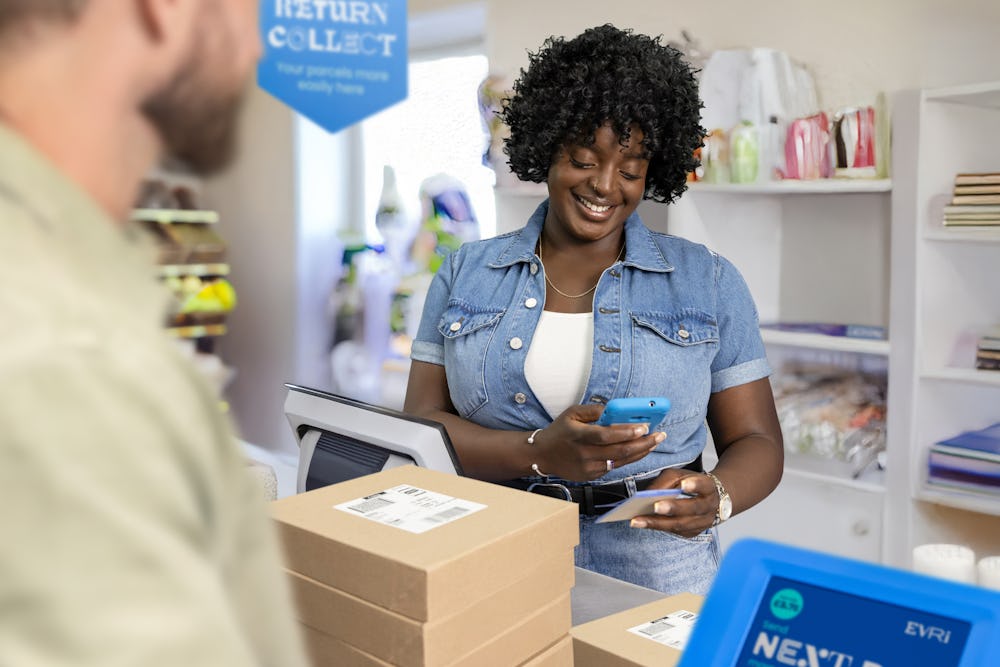
6. Send your parcel
Your parcel’s wrapped, packed and ready to go. To send it, take it to your nearest ParcelShop or Locker or book a collection online.
